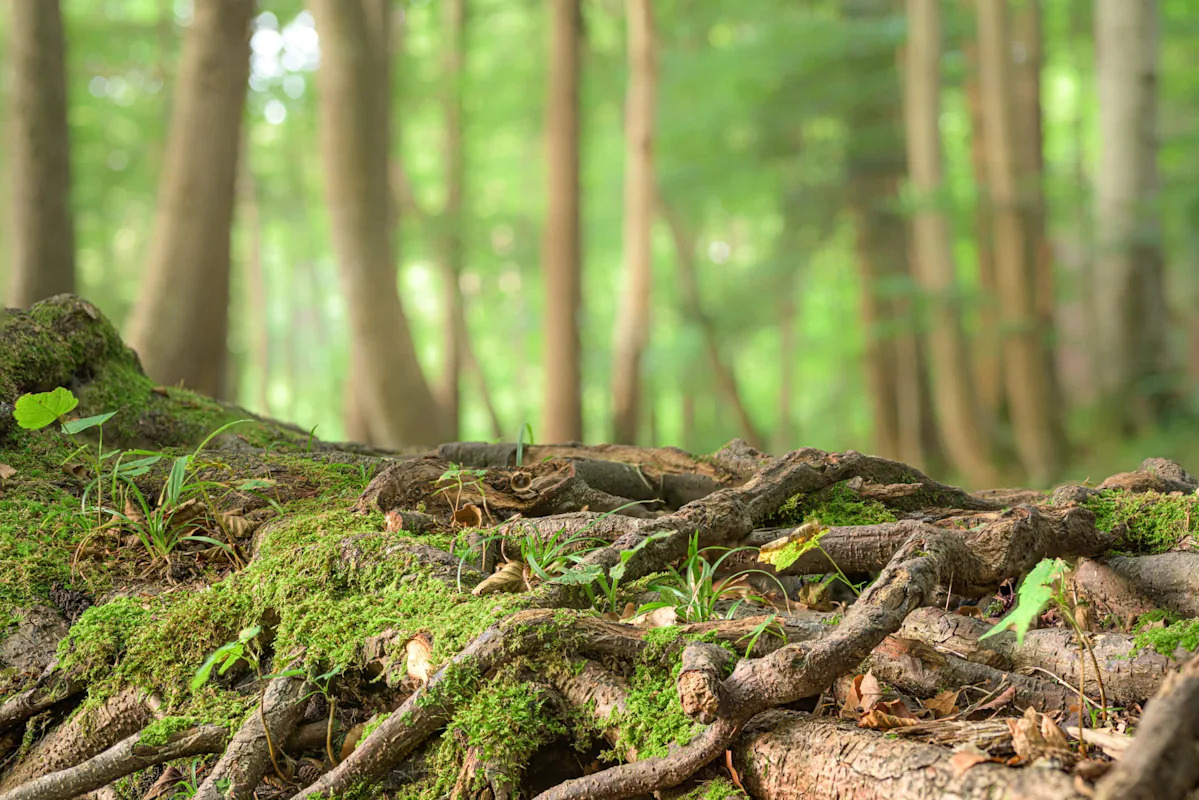A new study revealed the global expansion of modern toads on six continents. Researchers attribute these amphibians’ spread to a unique evolutionary trait and human-assisted travel.
What’s happening?
CBC News reported on the Proceedings of the Royal Society B study, a DNA analysis of 124 toad species.
It suggests a key factor in their ancient global takeover: toxic parotid glands. Chris Raxworthy, a herpetologist at the American Museum of Natural History, explained the evolution.
“Many toads have these huge glands on the back of their head, which we call parotid glands, and they’re packed full of toxins,” Raxworthy said, per CBC. These poisons are a strong defense and adaptation against predators. Over time, the toads made a successful invasion into new continents.
Their journey began 61 million years ago in South America, per the report. Scientists hypothesize two reasons for the migration. They may have crossed the Atlantic Ocean on a warmer Antarctica 30 million years ago. Another possibility is “rafting” across the sea on huge mats of vegetation. Human activity has played an accidental role as well.
The Asian common toad, for example, showed up in Madagascar in 2014 via a shipping container. Richard Essner, professor of biological sciences at Southern Illinois University, told CBC News: “They’ve basically taken over the entire continent.”
Why are these continent-traveling toads concerning?
The introduction and rapid spread of invasive species can decimate native ecology.
Non-native animals often outcompete local species for vital resources. They disrupt food chains and can cause populations of native animals to decline.
Toxic secretions can be lethal to local predators who try to eat them. A lack of predators further unbalances the ecosystem.
Widespread disruption threatens natural resources, food supplies, and can spread disease. Invasive species will delay progress toward a cleaner, safer future if left unmanaged.
Raxworthy expressed sadness as the toads invaded Madagascar, where he’s worked for years. “We’re at a point now where we don’t really know how to control it,” he said, per CBC.
What’s being done about invasive species like this toad?
Combating invasive species is a critical conservation effort.
Prevention is the first and most important step. Screening of cargo with strict policies against the introduction of non-native species is a must.
Existing invasive populations need management strategies. Some methods include physical removal, biological controls (introducing natural predators), and habitat restoration. Protecting native species and prioritizing their habitats are crucial. Native ecosystems are more resilient, provide essential resources, and limit the spread of disease.
Supporting conservation organizations and stronger biosecurity measures will benefit local and global communities. Educating the public about the dangers of releasing non-native species is also important.
The spread of toads continues to present challenges across the world. Ongoing research will help find solutions to protect the planet’s biodiversity.

��
Get TCD’s free newsletters for easy tips to save more, waste less, and make smarter choices — and earn up to $5,000 toward clean upgrades in TCD’s exclusive Rewards Club.

